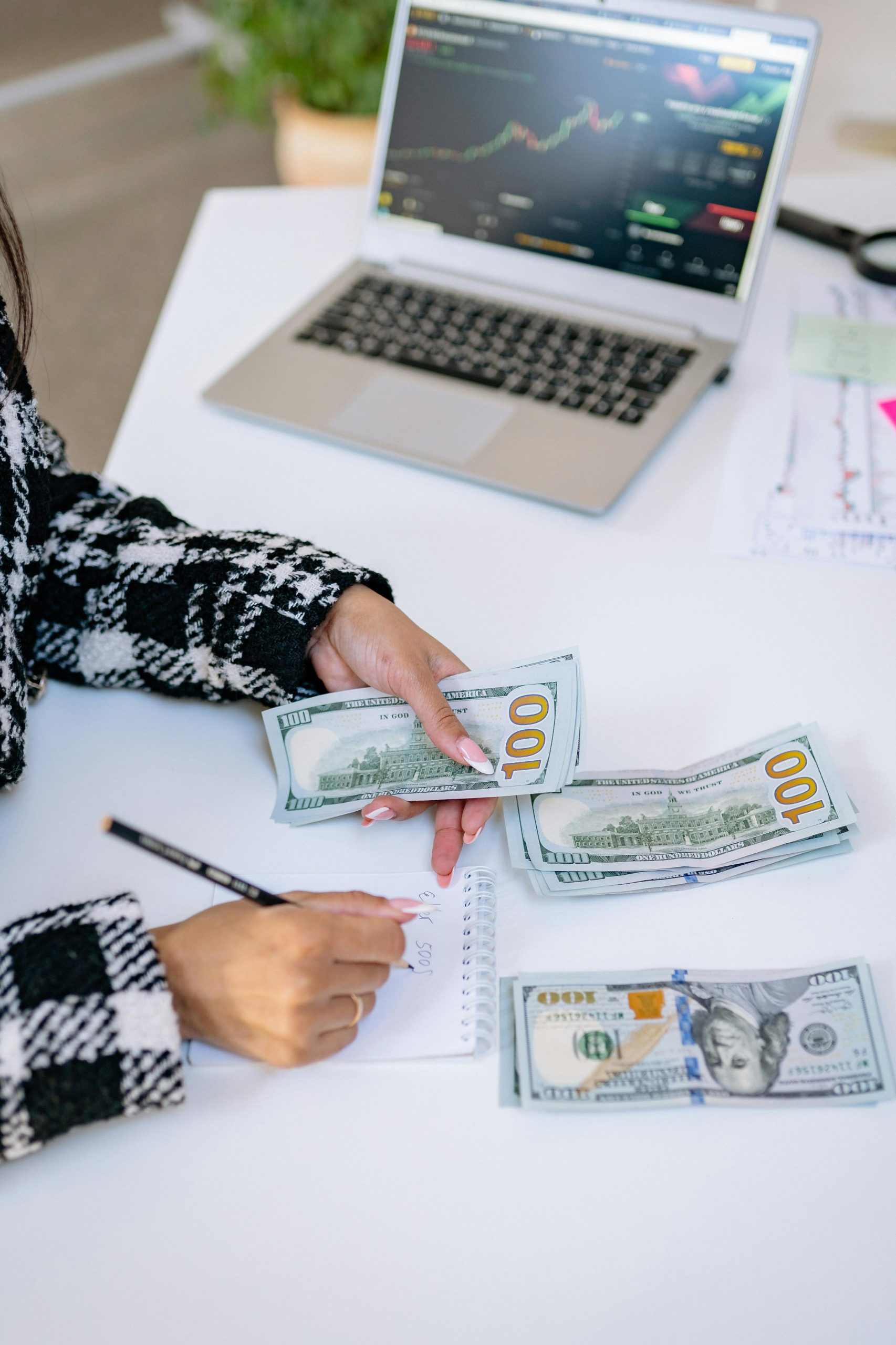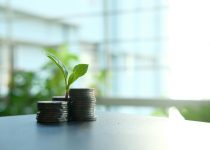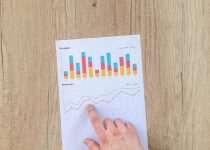The Compound Effect: How Small Investments Can Build Long-Term Wealth
Imagine two neighbors, Alex and Sam. They’re the same age, make the same salary, and live in the same town.
Alex is always talking about the “big score.” He pours over financial news, trying to time the stock market. He’ll invest a big chunk of money when he thinks the time is right, and then pull it out when he gets nervous. He buys lottery tickets every week, dreaming of the life-changing jackpot. His financial life is a series of dramatic sprints and sudden stops.
Sam, on the other hand, is… kind of boring. After getting her first real job at 25, she set up an automatic transfer of $100 from her paycheck into a retirement account. She never really thinks about it. When she gets a raise, she increases the transfer by $25. She doesn’t check her balance every day. She doesn’t make dramatic moves. She just… keeps going.
From the outside, for years, it looks like Alex is the one who “gets” money. He’s active, he’s engaged. Sam’s slow-and-steady approach seems almost naive.
But then, something invisible starts to happen.
A decade goes by. Then two. Then three.
By the time they’re both 65, the difference isn’t just noticeable; it’s staggering.
Alex’s portfolio is unpredictable. Some of his bets paid off, many didn’t. His savings are okay, but they’re a reflection of his erratic efforts—a patchwork of hits and misses.
Sam, however, is a millionaire.
How? How did the “boring” one end up so far ahead?
She didn’t win the lottery. She didn’t inherit a fortune. She didn’t land some once-in-a-lifetime investment.
She simply unlocked the most powerful, readily available, and often overlooked force in the universe of wealth-building: The Compound Effect.
This isn’t a get-rich-quick scheme. It’s a get-rich-for-sure principle. And the best part? It’s a superpower that anyone can activate.
Part 1: What in the World is the Compound Effect? (It’s Not Just Interest)

When people hear “compounding,” they often think of bank account interest. And that’s a part of it, but it’s only the tip of the iceberg.
At its heart, the Compound Effect is the principle of reaping huge rewards from a series of small, smart choices made consistently over time.
Think of it like a snowball.
You start at the top of a very long, snowy hill with a single, tiny snowball in your hand. It’s so small it fits in your palm. You give it a gentle push. As it rolls down the hill, a magical thing happens: it picks up a little more snow. It’s still small, but it’s a tiny bit bigger now. Because it’s bigger, it picks up snow a little faster. With more snow and more momentum, it grows even faster still.
At first, the growth seems slow. For a long time, it’s just a modestly sized snowball. But if the hill is long enough, that once-tiny snowball becomes an unstoppable, massive force by the time it reaches the bottom—a giant ball of snow you could never create by hand.
That’s the Compound Effect.
In money terms, it’s not just your initial money earning interest (that’s the first layer of snow). It’s the interest on your interest. Your money starts earning money, and then that money starts earning money, and so on. It’s a self-perpetuating cycle of growth that starts slowly and then explodes.
Let’s break it down with a simple, famous example: The Magical Penny.
- Option A: You are given $1 million in cash, right now.
- Option B: You are given a single penny that doubles in value every day for 31 days.
Which do you take?
Most people, thinking short-term, snatch the $1 million. It seems obvious!
But let’s watch the magic penny:
- Day 1: $0.01
- Day 5: $0.16 (Seems pathetic, right?)
- Day 10: $5.12 (Still nothing to write home about.)
- Day 15: $163.84 (Okay, but still nowhere close to a million.)
- Day 20: $5,242.88 (Now we’re getting somewhere, but a million is still far off.)
- Day 25: $167,772.16 (This is getting serious!)
- Day 31: $10,737,418.24
That’s over ten million dollars.
What’s the lesson? The massive result didn’t happen until the very end. For the majority of the time, the growth seemed insignificant, almost laughable. But because it was allowed to continue uninterrupted, the final result was astronomical.
This is the ultimate patience test. The Compound Effect asks you to trust the process, even when you can’t see dramatic results in the short term.
Part 2: The Three Magic Ingredients You Control
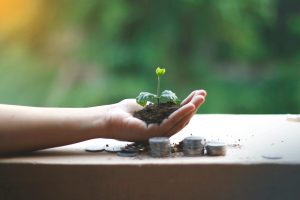
For the Compound Effect to work its magic, it needs three key ingredients. The beautiful thing is that all three are entirely within your control.
Ingredient 1: Small, Consistent Inputs
You don’t need a lot of money to start. You just need to start.
The focus here is on consistency, not amount. Saving $5 a day is far more powerful than saving $150 in one go at the end of the month and then skipping the next two months. The rhythm is what matters.
Think of it like planting an oak tree. You can’t plant it one day, dig it up the next to see if it has roots, forget to water it for a week, and then expect it to grow. You provide a small, consistent input—water and sunlight—and then you let nature do its work.
Financial Example: Setting up an automatic transfer of $50 from your checking to your investment account every single Friday. You won’t even miss the money, but over 30 years, that simple habit alone can grow to over $150,000, assuming a modest average return.
Ingredient 2: The Rate of Return (Time’ Best Friend)
This is the “hill” in our snowball analogy. The steeper the hill, the faster the snowball grows. In finance, this is your rate of return.
A higher rate of return accelerates the compounding process dramatically. This is why investing in assets like stocks or index funds, which have historically provided a higher average return (around 7-10% annually when adjusted for inflation) over the long run, is so much more powerful than keeping your money in a traditional savings account (which might offer 1-2%).
The difference between 5% and 8% might not seem like much over one year, but over 40 years, it’s the difference between a comfortable retirement and an incredibly wealthy one.
Ingredient 3: Time (The Most Important Ingredient)
This is the secret sauce. This is the long, snowy hill. Without time, compounding has no power.
Time is what transforms the tiny, consistent inputs into a massive output. It’s the one ingredient that, once lost, you can never get back. This is why financial experts scream from the rooftops: START EARLY.
Let’s look at a real-world scenario. Meet two friends, Chloe and Ben.
- Chloe starts investing $200 a month at age 25. She does this for 10 years, until she’s 35. Then, for some reason, she stops completely and never adds another dime. Total amount she invested: $24,000.
- Ben is a late bloomer. He doesn’t start investing until he’s 35. But then he gets serious, investing $200 a month every single month until he’s 65. Total amount he invested: $72,000.
Assuming both earn an average 7% annual return, who do you think has more money at age 65?
Most people would say Ben, because he put in three times as much money!
But let’s see:
- Chloe (started at 25): Her $24,000 grows to approximately $338,000.
- Ben (started at 35): His $72,000 grows to approximately $303,000.
Chloe wins. She has more money, despite putting in a fraction of the amount, because her money had more time to compound. Her first dollars invested at 25 were working hard for her for 40 years, while Ben’s first dollars at 35 only had 30 years to work.
This is the most powerful argument for starting now, no matter how small. Time is your greatest ally.
Part 3: Beyond Money: Compounding in Your Entire Life

While the Compound Effect is most famous in finance, its power isn’t limited to your bank account. It’s a universal law that applies to almost every aspect of your life.
Health & Fitness:
- The Input: Choosing to take the stairs instead of the elevator every day. Replacing one soda with a glass of water. Adding one extra portion of vegetables to your dinner.
- The Compound Effect: After a year, you’ve lost 10-15 pounds without ever going on a drastic diet. Your blood pressure is better. You have more energy. These tiny, almost effortless choices, compounded over time, lead to a radically healthier body.
Knowledge & Skills:
- The Input: Reading just 10 pages of a non-fiction book every day. That’s only about 15-20 minutes.
- The Compound Effect: In one year, you will have read over 3,650 pages. That’s 12-15 substantial books. In five years, you’ll have read 60-75 books, making you one of the most knowledgeable people in your field or on your hobbies. That small daily habit compounds into massive expertise.
Relationships:
- The Input: Sending one thoughtful text to your partner each day. Giving your full attention for 10 minutes when a friend is talking. Doing one small, unexpected chore to help out at home.
- The Compound Effect: Over years, these tiny deposits of love and respect build a deep, unshakable foundation of trust and intimacy. The relationship becomes a fortress, not because of a few grand gestures, but because of thousands of small, consistent ones.
The reverse is also tragically true. Small, negative choices compound too.
- Spending $5 on a fancy coffee every day doesn’t seem like much ($5 x 365 = $1,825 per year).
- Watching an extra 30 minutes of TV instead of reading or learning a skill seems harmless (182.5 hours lost per year).
- Skipping a 15-minute walk seems insignificant.
But these small leaks, over time, can sink the biggest ship.
Part 4: Your Practical Playbook for Harnessing the Compound Effect
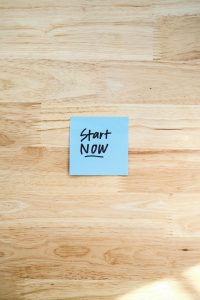
Understanding the theory is one thing. Putting it into practice is another. Here’s your no-excuses guide to getting started.
Step 1: Start Now. Like, Right Now.
Not tomorrow. Not next Monday. Not on January 1st. The single most valuable asset you have is the time between now and then. The second-best time to start is always today. Open a browser tab after reading this and look up how to set up a Roth IRA or a simple investment account. You don’t need to be an expert. You just need to start.
Step 2: Make It Automatic and Invisible.
The biggest enemy of consistency is you—your moods, your willpower, your forgetfulness. The solution is automation.
- Money: Set up an automatic transfer from your checking account to your investment account for the day after you get paid. If you never see the money, you can’t miss it. This is the Sam strategy, and it works flawlessly.
- Health: Pack your gym bag the night before and leave it by the door. Schedule your workouts in your calendar like an unbreakable meeting.
- Learning: Put the book on your pillow. Set a 15-minute timer on your phone for “reading time.”
Step 3: Think in Percentages, Not Just Dollars.
When you get a raise, a tax refund, or a bonus, your first thought might be to spend it. Practice the “Split It” rule. Maybe you decide to spend 50% on something fun, and invest the other 50%. By focusing on increasing the percentage of your income you save, rather than a fixed dollar amount, your savings grow with you.
Step 4: Track Something—Anything!
Momentum builds motivation. Pick one area—money, steps, pages read—and track it. Use a simple app or a notebook. Seeing the chain of consistency build is incredibly rewarding. Watching your net worth slowly creep up over months and years is a powerful psychological boost that keeps you going.
Step 5: Forgive Yourself and Keep Going.
You will mess up. You’ll have a month where you can’t make your investment. You’ll eat pizza for three days straight. You’ll binge a TV show instead of reading. This is normal. The Compound Effect is resilient. It’s about the long-term trend, not short-term perfection. Don’t let one slip-up become an excuse to quit entirely. Just get back on the path with the very next small decision.
The Long Game: Your Life is the Compound Effect

We live in a world that worships the overnight success, the viral video, the lottery winner. These stories are exciting, but they are outliers. They are the financial equivalent of a meteor strike—spectacular, but not a reliable plan for building a landscape.
The Compound Effect is about building that landscape yourself, one wheelbarrow of dirt at a time. It’s the story of the farmer who patiently tills the soil, plants the seeds, and waters them day after day, trusting in the harvest to come.
It’s not sexy. It’s not glamorous. But it is profoundly powerful and, most importantly, it is available to everyone.
You don’t need a head start. You don’t need a special talent. You just need a little bit of patience, a lot of consistency, and the faith to push that small snowball to the top of the hill and let it roll.
Your future, wealthier, healthier, and wiser self is waiting at the bottom. They’re cheering you on to make that one small choice today.
